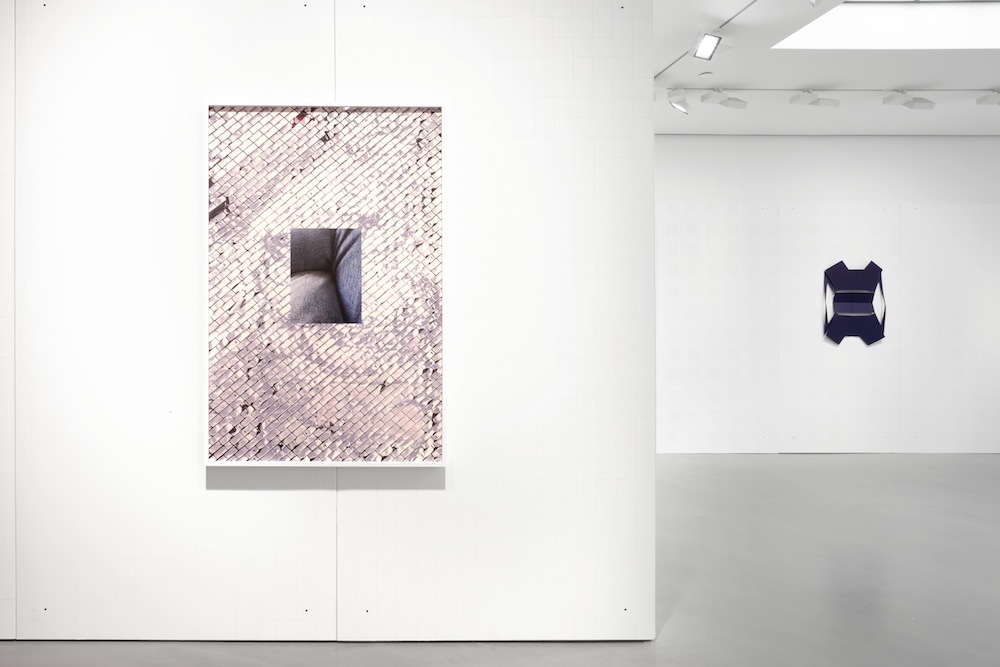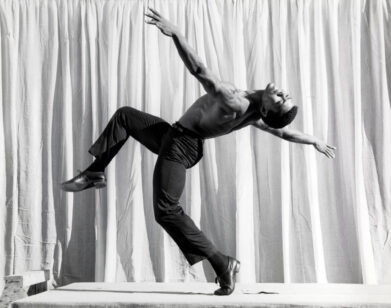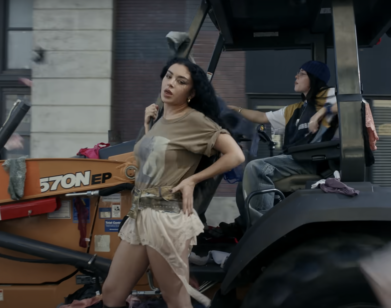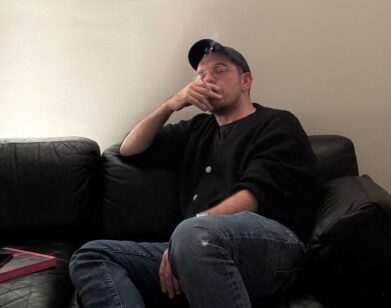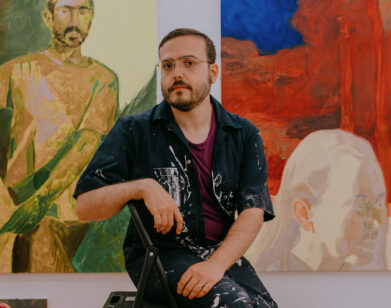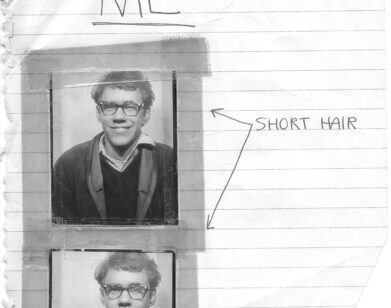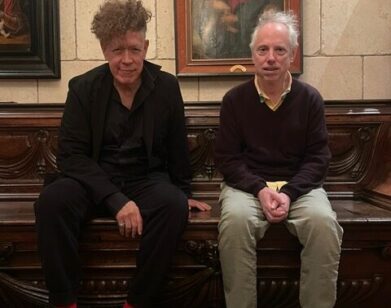Matt Keegan: Form and Function
Speaking to The Washington Post in 1987, the late minimalist sculptor Anne Truitt said, “I’ve struggled all my life to get maximum meaning in the simplest possible form.”
Mass, space, surface, and color—the elements of sculpture, at their purest—compose forms that encapsulate the vagaries of language and narrative in physical space. Truitt’s spare totems, which she sanded until smooth, treated with gesso, and strategically applied layers of acrylic paint to, combined the disciplines of painting and sculpture and were emblematic of her preoccupation with meaning and form.
Brooklyn-based artist Matt Keegan, whose body of work has integrated sculpture, photography, video, and text, has investigated fabrication, form, and language, and the signs and codes of color in cultural and social contexts. Keegan, long interested in Truitt and her practice, puts himself and Truitt in conversation in his latest exhibition, “Matt Keegan and Anne Truitt,” now on view at Andrea Rosen’s satellite gallery space in New York.
Together, Keegan and Truitt’s works not only explore, but also symbiotically meditate upon the multiple meanings of color, surface, tactility, and materiality at work in the other. “Over the last three years, I’d been consistently thinking about color from municipal usage for this show I did in 2011 using bridge colors,” Keegan says. “I had seen Truitt’s latest exhibition at Matthew Marks Gallery [‘Threshold: Work from the ’70s’]. I’d already known the work, but that exhibition in particular really made an impact on me. The way she used color really struck me as someone who’s working with minimalist vernacular.”
The exhibition prominently features Truitt’s Landfall (1970), a totemic sculpture painted with undulating tones of blue, and new sculpture and photographic works from Keegan, including a series of spray-finished and powder-coated untitled steel sculptures originally modeled from paper. “I’m always interested in trying to create installation decisions that make you aware of your body either in the space or in the way you move through the space. Because the totem almost functions as a central fulcrum, you really move through the show around the work,” Keegan explains.
Keegan also integrates patterned sheetrock panels, installed as a wallpaper, throughout the gallery space. Keegan, who has used this sheetrock in previous freestanding sculptures, repositions it here as an element that serves as a container and ground for the other works.
“A big shift for me was that there isn’t any text to the show. That was a conscious decision in wanting to work with a palette or shapes or a pattern that’s familiar. There’s not the concretizing period at the end that comes with language,” he says. “There is a funny uneasiness in not having the work be rooted in a specific set of research or project based concerns. In letting the material do specific things, or letting there be a space of assembly and dissembly for the viewer, there’s something more generative, and more of a dialogue.”
“MATT KEEGAN AND ANNE TRUITT” IS ON VIEW AT ANDREA ROSEN GALLERY, 544 WEST 24TH STREET, NEW YORK, THROUGH OCTOBER 22.

